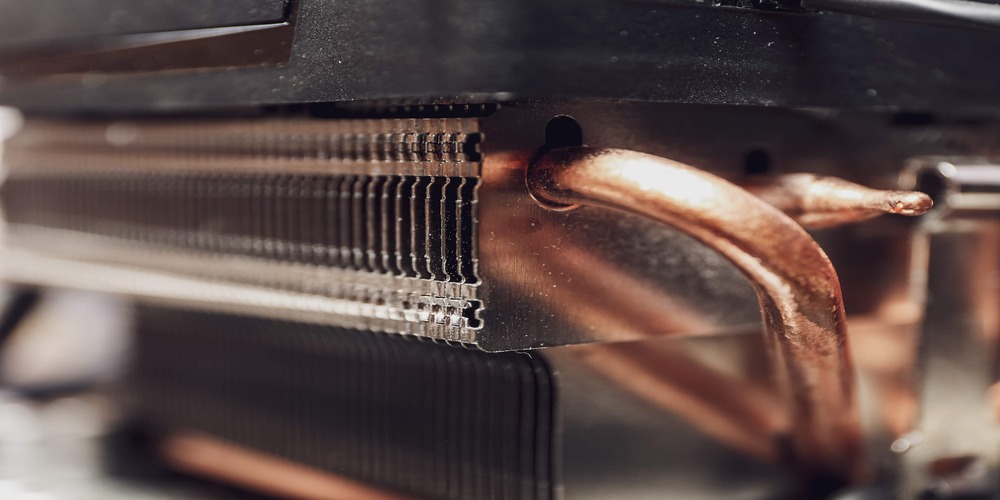As electronic devices continue to shrink in size and increase in complexity, the issue of thermal management has become more critical than ever. Electronic components generate heat during operation; if left unchecked, this heat can cause components to malfunction or fail altogether.
This is where heat sinks come in – these passive or active cooling systems are designed to dissipate heat away from electronic components, ensuring their longevity and performance.
This article will explore why heat sinks are crucial for modern electronics and discuss the different heat sink designs available.
What Is the Role of Heat Sinks in Electronic Devices?
Electronic devices generate heat as a byproduct of their operation. If left unchecked, this heat can lead to system failures, decreased performance, and reduced lifespan of electronic components.
The role of heat sinks is to transfer the heat away from these components and dissipate it into the surrounding environment. This helps to maintain safe operating temperatures for the components, ensuring their overall health and optimal performance.
Heat sinks are especially crucial for larger industrial machinery, such as CNC machines, which generate significant heat during operation. Without proper thermal management, these machines can overheat, leading to costly downtime and maintenance.
What Are the Different Types of Heat Sink Designs?
Heat sinks come in various shapes, each with unique advantages and limitations. The selection of a particular type depends on several factors, such as the heat dissipation requirements, size and shape constraints, etc.
When it comes to heat sink designs, there are several types to choose from, including:
Passive Heat Sinks
These rely on natural convection to dissipate heat and are typically cheaper and quieter than active heat sinks. There are different types of passive heat sinks, such as:
Extruded Heat Sinks
Extruded heat sinks are a common type of heat sink design typically made by pushing a metal block through a die to create fins.
This process can also be combined with folded fin technology to increase the surface area of the fins and enhance the heat dissipation capacity of the heat sink.
Stacked Fin Heat Sinks
Stacked fin heat sinks consist of multiple layers of fins stacked on each other, providing a larger surface area for heat dissipation than extruded heat sinks.
This design is particularly effective in applications requiring high thermal management, such as large-scale industrial machinery and power electronics.
Active Heat Sinks
These use fans or pumps to increase airflow and improve heat transfer, providing more efficient cooling in high-performance applications. Further types include:
Heat Pipe Heat Sinks
Heat pipe heat sinks are a type of heat sink design that use heat pipes to transfer heat away from the source and towards the fins, thereby improving the overall efficiency of the heat sink.
These heat sinks are particularly useful in high-power electronic applications, where traditional cooling methods may not be sufficient to dissipate the heat generated by the components.
Liquid Cooling Systems
Liquid-cooled heat sinks are advanced designs that use a liquid coolant, such as water, to transfer heat away from the source and toward the fins, providing even greater cooling.
These heat sinks are often used in high-performance computing systems, such as servers and data centers, where maintaining optimal operating temperatures is critical for performance.
Conclusion
In conclusion, heat sinks are a crucial component in modern electronic devices, helping to dissipate heat and prevent damage to sensitive components.
With various types of heat sink designs available, each with its unique benefits, it’s important to carefully consider the needs of your specific device when choosing a heat sink.
From simple bonded fin heat sinks to more complex liquid-cooled designs, the right heat sink can greatly improve the efficiency and lifespan of your electronic device.







